Reverse Design —— Half-Life
----- 反向设计:半衰期
知识图谱网络
The Reverse Design series looks at all of the design decisions that went into classic video games. This is the fourth installment in the Reverse Design series, looking at Half Life. Written in a readable format, it is broken down into six sections examining some of the most important topics to the game:
-
How Half-Life is a key step in the evolution from the composite style of videogame design to the set piece style of design.
How Half-Life defined almost all of the core concepts of the cover-based shooter, and redefined the level architecture of the FPS genre
The small tricks and flourishes that Half-Life used to tell a story through its mechanics, AI and environments
{{comment.content}}
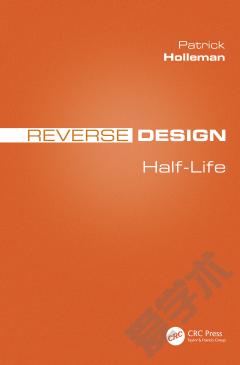
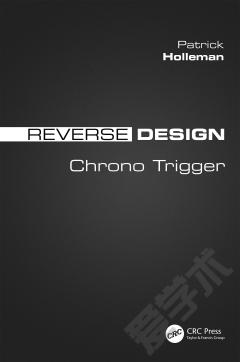
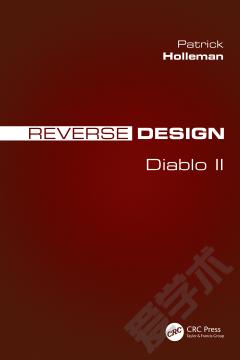
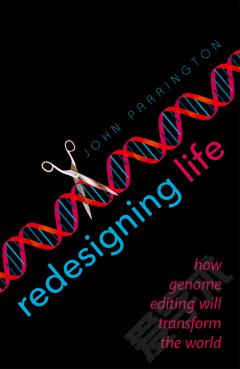

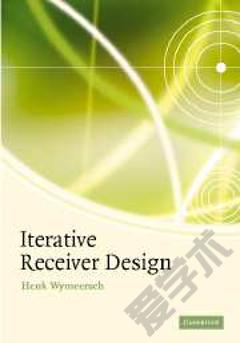
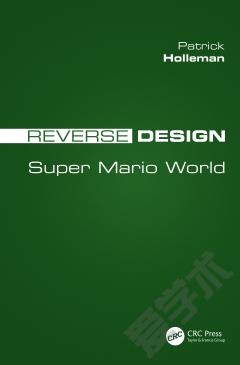

 京公网安备 11010802027623号
京公网安备 11010802027623号